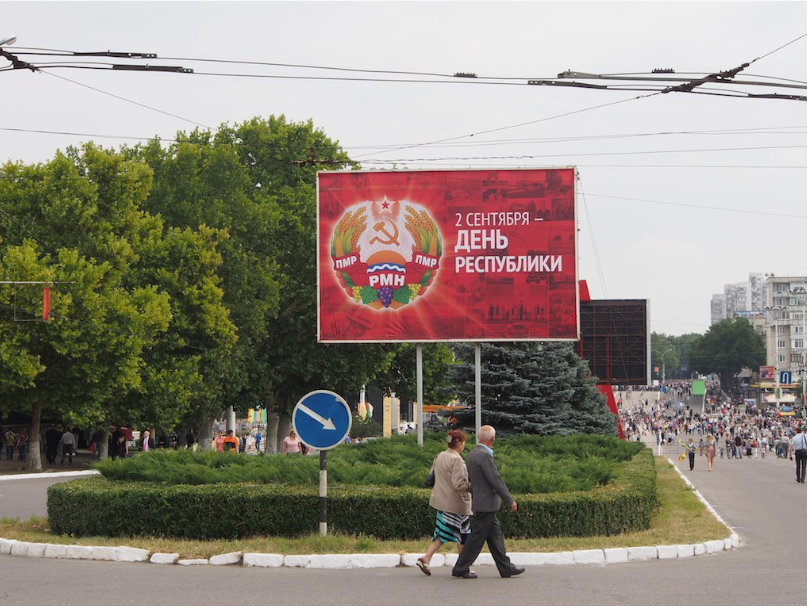Transnistria: The Unrecognized Last Stand of the USSR
May 30, 2023
Transnistria is a region shrouded in a deeply complicated history. You can’t find it on most maps, it has no presence on the international stage, and has been declared Russian-occupied territory by the EU. The region considers itself an independent “breakaway state” from the country of Moldova; it gained “independence” after the collapse of the USSR, but was already claimed territory of Moldova, keeping other countries (besides other unrecognized states) from recognizing its independence. If anything, though, Transnistria is most similar to Russia during the USSR’s reign. Transnistria is the only place outside of Russia where you’ll find statues of Lenin next to capitol buildings, and hammers and sickles plastered on every empty billboard. In fact, it is so much like Russia that everyone speaks Russian instead of their native language, Moldovan. Everyone there much prefers that you refer to their country, not as Transnistria, but as the Russian name “Pridnestrovie.” In fact, the Russian flag is recognized as one of their official flags. This has led most people to come to the conclusion that Transnistria is purely Russian-occupied territory, or a Russian puppet state, which it practically is.
The Transnistrian region has been highly contested with a war between Moldova and Transnistria breaking out in 1990 for the region’s independence, lasting until 1992. Additionally, with the European Union recognizing it as Russian-occupied territory, Moldova’s claims over the region have been more and more legitimized on the global stage. Even more surprisingly, Russia itself has not actually recognized Transnistria’s independence from Moldova, or officially declared it annexed it into the Russian Federation. But this does not and should not undermine the threat that Transnistria poses. Transnistria houses Russian forces and a formidable fighting force of its own, with most civilians having done military service and having old Soviet-era tanks, which have proven their worth in Ukraine.
The Russian presence in Transnistria has worried analysts since the Russia-Ukraine conflict’s beginning. A commonly repeated theory states that Russia’s plan with Transnistria is to control the Odessa region of Ukraine, or at least secure a safe pathway of official annexation of the province so it can be legitimized and secured This could potentially end Moldova’s hopes of ever securing Transnistria in the foreseeable future. If this theory is in fact correct—one which does sound like a logically possible Russian plan—then Russian troops would have a near-direct path to try and disrupt the Ukrainian-Polish border, potentially halting all support from the west. Ukraine has officially declared it will enter Transnistria-proper if Transnistrian forces join the Ruso-Ukrainian conflict, but they have not stated what their response would be to a Russian annexation of the region. Even a Moldovan military response supported by the West and the Ukraine is not out of the question. An annexation could very easily be seen as a threat to the national sovereignty of Moldova.
It is safe to say that the future of Transnistria is certainly unclear. With multiple potential routes in sight, it is hard to say if Transnistria will even be a recognized independent state within the next 5 years, or if we will just be calling it a Russian-occupied region in Moldova. It is certainly a region that should be closely monitored and regarded as a significant threat. Overall, Transnistria is a place stuck in a bygone era that might be thrown into one of the biggest European conflicts in the modern day.


